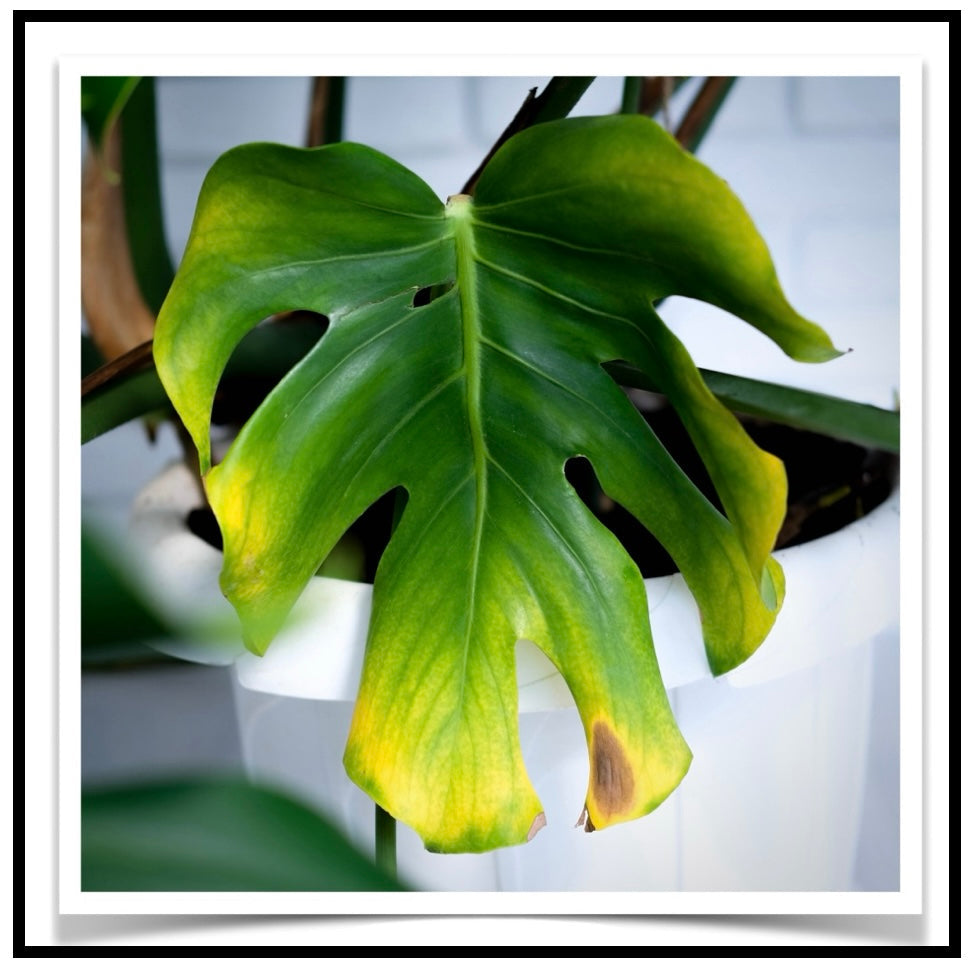
Root Rot: Cause and Cure
Share
What is Root Rot? The Silent Killer of Your Plants
We've all been there. You diligently water your beloved plant, making sure it gets just the right amount of sunshine. But then, you start to notice something is off. The leaves might be wilting, turning yellow or brown. Growth might be stunted. You might even think it needs more water! But sometimes, the problem isn't underwatering – it's the opposite: root rot.
Root rot is a serious condition that affects the roots of plants, preventing them from absorbing water and nutrients effectively. Think of it like this: the lifeline of your plant is being choked off. And unfortunately, by the time you notice the above-ground symptoms, the damage below the soil might be significant.
So, what exactly is root rot?
At its core, root rot is caused by prolonged exposure to overly wet conditions. When soil stays waterlogged for too long, the air pockets within the soil are filled with water. This deprives the plant's roots of the oxygen they need to respire and function properly.
Without oxygen, the root cells begin to die. These dead and decaying roots become vulnerable to opportunistic fungal and bacterial pathogens that thrive in moist, anaerobic (oxygen-deficient) environments. These pathogens further break down the root tissue, exacerbating the problem and making it even harder for the plant to recover.
What are the telltale signs of root rot?
While the above-ground symptoms can be misleading, there are clues you can look for, especially when combined:
* Wilting leaves: Even in moist soil, the plant can't absorb water.
* Yellowing or browning leaves: This can start with the lower leaves and progress upwards.
* Stunted growth: The plant may stop producing new leaves or shoots.
* Soft, mushy, and dark roots: This is the most definitive sign. Healthy roots are typically firm and white or light brown. Rotten roots will be slimy, dark brown or black, and easily break apart.
* Foul odor from the soil: The decaying roots can produce a characteristic unpleasant smell.
* Leaf drop: The plant may start shedding leaves prematurely.
What causes root rot?
The primary culprit is overwatering. However, other factors can contribute to or worsen the problem:
* Poor drainage: Pots without drainage holes or soil that doesn't drain well will retain too much moisture.
* Heavy soil: Clay-heavy soils tend to hold more water than well-draining mixes.
* Watering too frequently: Allowing the topsoil to dry out slightly between waterings is crucial for most plants.
* Incorrect pot size: A pot that is too large can hold excessive moisture around the roots.
* Compacted soil: This reduces aeration and drainage.
* Cool temperatures: Water evaporates slower in cooler conditions, increasing the risk of overwatering.
* Presence of pathogens in the soil: While overwatering creates the ideal environment, some soilborne diseases can directly attack roots.
Can root rot be treated?
The chances of recovery depend on the severity of the rot and how quickly you address the issue. Here's what you can try:
* Stop watering immediately: Allow the soil to dry out completely.
* Gently remove the plant from its pot: Carefully inspect the roots.
* Prune away the affected roots: Use clean, sharp scissors or pruning shears to remove all the soft, mushy, and dark roots. Leave as many healthy, firm roots as possible.
* Repot in fresh, well-draining soil: Choose a pot with adequate drainage holes. Consider using a potting mix specifically formulated for the type of plant.
* Consider a fungicide (optional): In some cases, a systemic fungicide can help control fungal pathogens, but this is often a secondary measure after addressing the moisture issue.
* Monitor closely: After repotting, water sparingly and allow the soil to dry out between waterings. Observe the plant for any signs of recovery or continued decline.
Prevention is key!
The best way to deal with root rot is to prevent it in the first place. Here are some essential tips:
* Use pots with drainage holes.
* Choose the right potting mix for your plant.
* Water only when the top inch or two of soil feels dry.
* Avoid letting your pots sit in standing water.
* Consider the humidity and temperature of your environment when watering.
* Repot your plants periodically into fresh soil.
Root rot can be a devastating problem for plant lovers, but by understanding its causes and recognizing the signs early, you can take steps to protect your green companions and ensure they thrive. Pay attention to your plants, learn their watering needs, and provide them with the right environment – they'll thank you for it!
